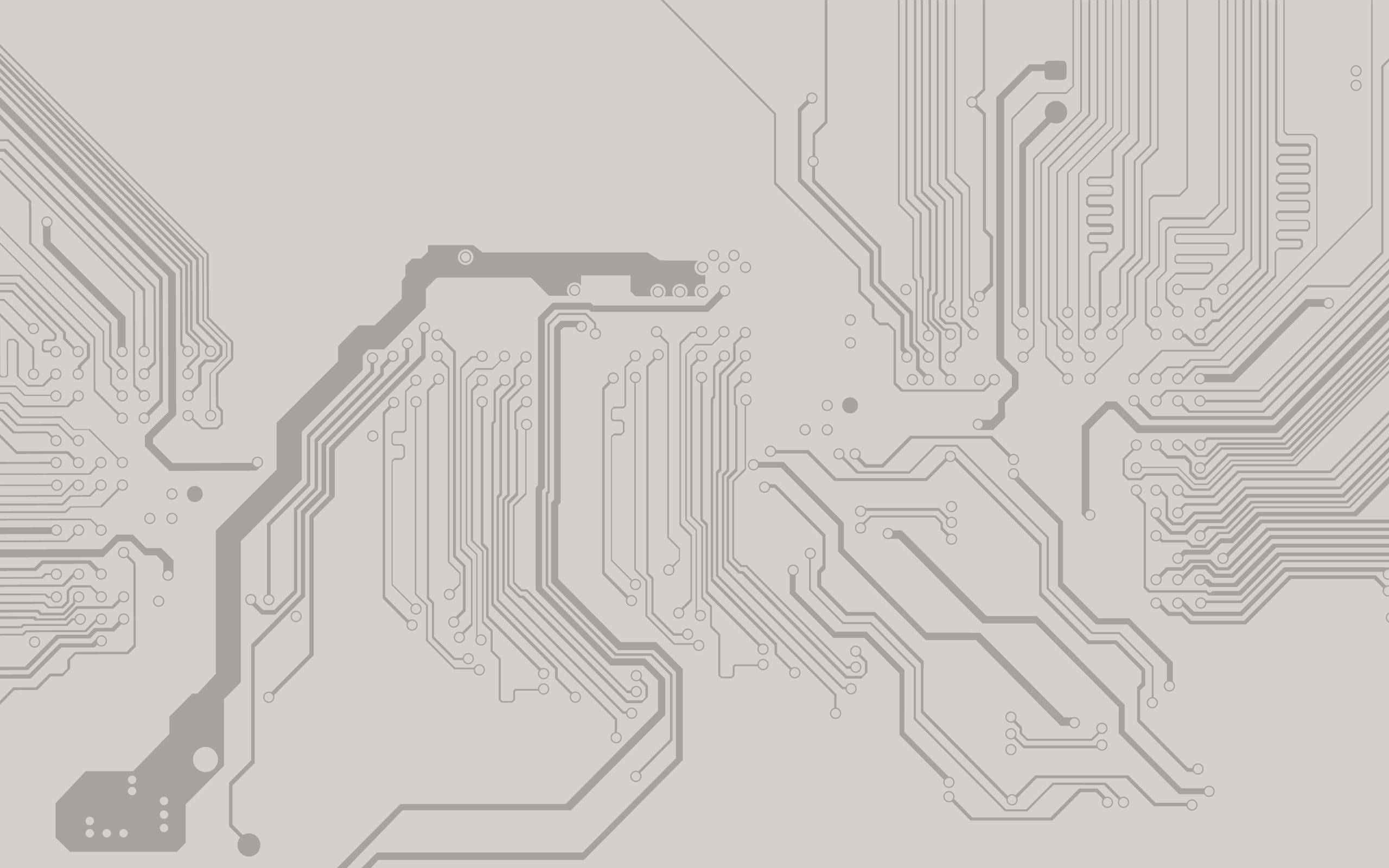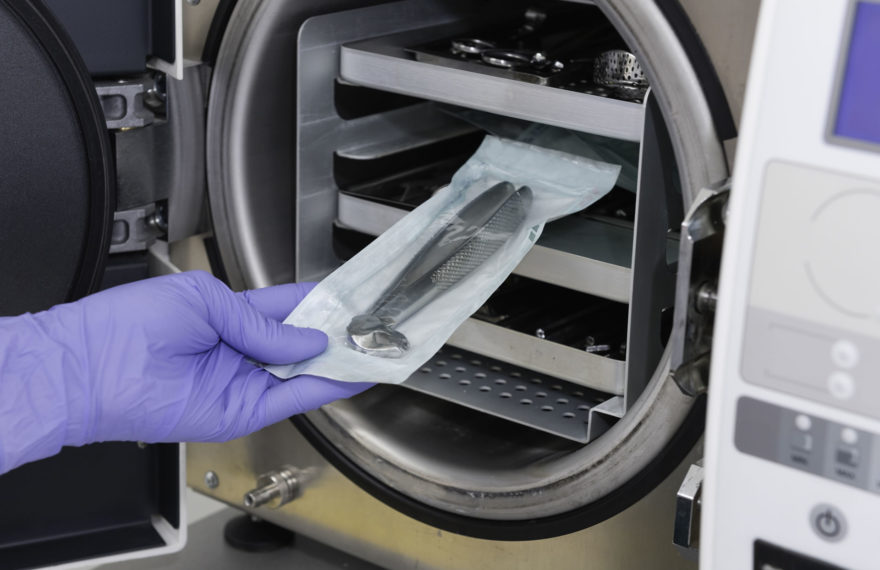
Sterilization Autoclave Control Systems
CompuDAS control and monitoring systems can be used to control any autoclave including sterilizing autoclaves for medical or laboratory instruments.
June 18, 2015
More Information
· Call: +1 360 427 1418
· Download Documents
· Online Inquiry

CompuDAS control and monitoring systems can be used to control any autoclave including sterilizing autoclaves for medical or laboratory instruments.
Many small medical facilities have tabletop autoclaves while hospitals have a much higher throughput need, so they tend to use large autoclaves (also called horizontal autoclaves). A CompuDAS integrated Autoclave Control System can help on both counts.
Both use steam as the autoclave’s sterilization agent, as it is ideal for destroying bacteria and spores on surgical equipment, laboratory instruments, pharmaceutical items, and other materials. They can sterilize solids, liquids, hollows, and instruments of various shapes and sizes. They can process numerous surgical instruments in a single sterilization cycle, to keep a steady supply of sterile equipment available to operating rooms and emergency wards. Obviously, precise temperature control is vital to correct sterilization. No less important is precise data monitoring and acquisition in cases where parties seek to establish liability for any pathogen spread – you need to demonstrate that your instruments were sterilized correctly.
What sorts of sterilization processes does CompuDAS install Control Systems for?
We can provide integrated Controls systems for autoclaves using institutional steam sources or for autoclaves self-contained electric boiler to generate steam for sterilization, or for autoclaves that switch between sources. A CompuDAS Control System automates temperature monitoring and can even track if a switchover threshold has been met.
We need to demonstrate compliance with the ANSI/AAMI or CDC sterilization standard. Can CompuDAS help?
Demonstrating compliance can be a crucial part of your autoclave processing, especially in a high-stakes areas of medicine where lives depend on batch-to- batch consistency. CompuDAS has highly customizable Data Acquisition built into every Control System we install. You can demonstrate steam composition (gas to liquid ratio), temperature, and time of exposure effectively using the data generated by our Control Systems. Autoclave sterilization standards and directives permit some flexibility in steam humidity levels, since it’s almost impossible to supply perfect steam at a steady flow. Even if conditions are nearly optimal, many variables affect steam as it’s transferred to an autoclave. Chief among them: weather conditions and temperature; piping quality, length, and structure; drainage stations; and availability of high-quality steam traps. A Control System will allow you to demonstrate the exact temperature, humidity, time, and pressure each batch was exposed to while in autoclave.
Can CompuDAS help us control the energy costs associated with use of our autoclave?
Dry or superheated steam greatly increases sterilization time because the lack of moisture reduces energy transferability. Under these superheated conditions, the autoclave essentially becomes a dry- heat oven. As a result, a three minute sterilization in a 134° autoclave takes two hours (and much more energy) in a 160°C autoclave!! Conversely, humidity above 3% is considered wet steam. This also requires greater energy because higher pressure and temperature must be attained and sustained. Further, wet steam extends the drying time, reducing efficiency. This is especially costly in a large institution like an urban hospital. A CompuDAS autoclave Control System can be programmed to your exact recipe for the four major sterilization parameters: there are four parameters of steam sterilization: steam, pressure, temperature, and time. Exact data on these parameters can help design recipes providing the stringent sterilization you require with the least possible energy inputs.
Products
- Critical Process Controls
- Compare Products
- Critical Process Control Model CPC-16EX
- Critical Process Control Model CPC-8
- Critical Process Control Model CPM-8
- Critical Process Monitor CPM-16
- Critical Process Monitor CPM-16EX
- The Sentinel
- Uniformity Calibrator UC-45
- Variable Vacuum Upgrade Kit
- Download Factsheets
Applications
News
Popular
Sorry. No data so far.
Contact
CompuDAS Controls, LLC
1350 E Shelton Springs Rd
Shelton, WA 98584
United States
Main: +1 360 427-1418
Email Sales/Support
